For the past two years, I worked towards fulfilling my childhood dream of moving freely amidst an untouched wilderness surrounded by the modern world. I found precisely such a place in the Canadian province of British Columbia.

Here, the Pacific Ocean meets the entire western coast of Canada, framed by dramatic mountain ridge lines that stretch across the continent. This region spans hundreds of kilometers from the northern tip of Vancouver Island to the border with Alaska. It’s a wild and pristine land, home to one of the most diverse and richest temperate rainforests in the world, along with the biodiversity of marine life in the underwater kelp forests. I spent 30 days kayaking from north to south among the whales.
Map (Expedition GPS track records)
TIP: Click on the rectangle icon in the upper right corner to open the map in a new tab. Then, click on the three dots and choose Show map in Google Earth. This action reveals a detailed 3D map, enhanced with textures derived from aerial photographs, offering an immersive and comprehensive view of the environment.
This is the introduction to the first of seven chapters about a great adventure in the North Pacific. The story is accompanied by authentic photographs. Thanks to the latest technologies such as a 360-degree camera and a drone, which are small enough to fit into a kayak and solely solar-powered, you can be the first to see these places in a 360-degree spatial view. This unique perspective, both from the kayak and the air, unveils previously unexplored parts of our planet. At the end of each section, you will also find a video that makes up the corresponding chapter in the upcoming documentary film. You can view the map and the route taken in 3D directly in your web browser. The blog is fully readable on your phone, but for the best experience, view photos, maps, and videos, including sound, on a monitor or TV in full-screen mode.
In August 2023, I flew to Canada with my two Lucys. I spent an acclimatization week at the Slovak Embassy in the capital, visiting family. Every day, we went on numerous trips from early morning until night, including swimming and paddleboarding on three different rivers, long explorations of forests by foot and bike, and ping pong tournaments. It was a week full of Canadian nature explorations at an expedition pace with my loved ones.
I said my goodbyes, and I flew to British Columbia. In Victoria, I met up with my paddling partners from a previous trip in Norway two years earlier. At our base camp, besides very kind hosts, kayaks, and 50 kg of supplies awaited us, which I had previously ordered from Costco. I planned the food for three people for an entire month in a shared Excel spreadsheet and ordered it online.


The summer in Ottawa is extremely hot, so we got up very early in the morning and didn’t return until after dark. I couldn’t have asked for better acclimatization. This proved to be crucial throughout the expedition. Along with the additional two-hour time difference, it taught me to wake up refreshed at 5 a.m. Early in the morning, I began a five-week marathon filled with adventures.
The third kayak, which was shipped by air, got lost along the way, so we had to split up as soon as we met. We stayed behind. We started by repackaging a daunting amount of food into more manageable containers and inspecting the kayaks. I discovered that the identical kayak I had previously rented in Slovakia was not actually identical. The spray deck didn’t fit, and I could only fit one eight-liter water bag for drinking in the footrests, not two. It seemed almost impossible to pack everything. The lost kayak finally arrived at night when everyone was already exhausted from fatigue. I helped assemble the found folding kayak, for which they had taken a ferry to the Vancouver airport. A big thank you to the Steiner family for their help in solving many big problems in record time.

This was followed by a day-long transfer by car to the northernmost port on Vancouver Island - Port Hardy. From Comox, another very kind Canadian, Guy, came to pick us up in Victoria. He drove us and our three kayaks to the port. We slept on the floor of the ferry terminal, from which we sailed to the very north of British Columbia, to Prince Rupert Island, until midnight the next day.

It seemed that all the kind people met in BC. An older lady with a kayak joined us. At that moment, I realized I knew her. I asked if she was Louisa, and she asked if I was Patrik. Getting here with kayaks is not as easy as you might think. So, others were also looking for ways to get to the north. In this case, a matching blood type. Louisa has been paddling not just in BC but around the world all her life. She offered that we could stay with her friend. Shortly after the ferry left the harbor, we saw orcas jumping. Later, we also saw porpoises and whales. When we arrived at night, it was raining. Another kayaker, John, was waiting for us at the harbor with a large pickup truck. We found out he was the neighbor of Louisa’s friend. Instead of sleeping in a tent, we each got our own room. In addition to a bed and shower, breakfast with an ocean view awaited us in the morning. John drove us to the neighboring Port Edward in the morning, where there is a ramp for easy access to the sea. Thanks, friends, for helping make dreams come true!

It was a beautiful sunny day. I decided not to wear a dry suit. Finally, at the start. We began exploring the wild coast of the northern Pacific Ocean. In the first few days, I struggled with the lack of a rudder. I was uncomfortable having to actively maintain direction at the expense of paddling. After all, I was paddling on an overloaded slow plastic kayak. Later, I got cold and regretted not wearing a dry suit. I always had this problem whenever I went without one. The moment the sun went behind a cloud, it felt like stepping into a refrigerator. We couldn’t find a place to sleep. One must not have high expectations here; it’s about survival. In a zone of such high tide and impenetrable rainforest, it’s not easy to find a sleeping spot. Sometimes it was very difficult to discern how far the ocean would rise. Even terrestrial plants are no guarantee. You have to look for flowering plants. Just in case, we always tied up our boats at night.
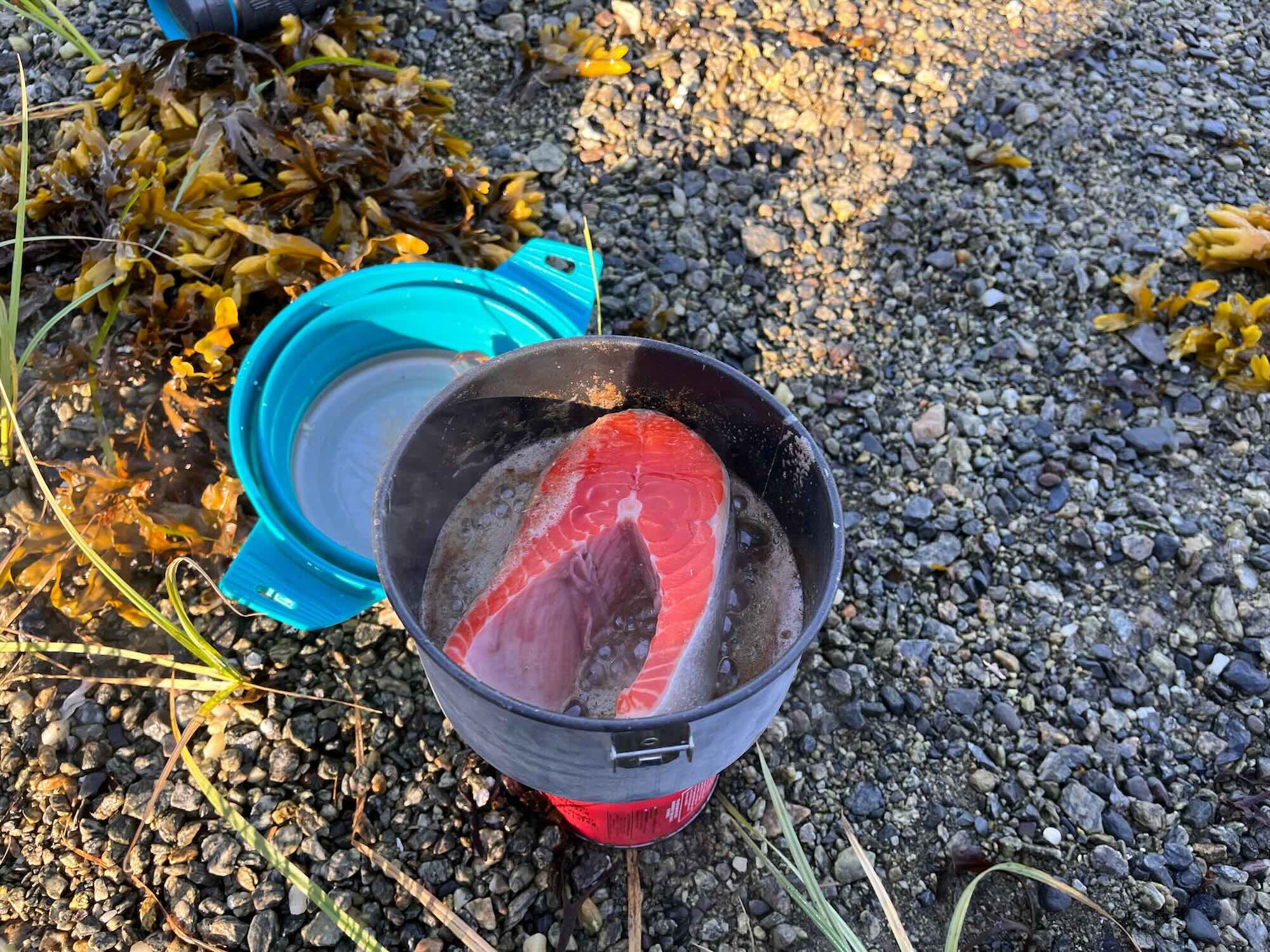
When we set up camp, Joe, a salmon conservationist, visited us. Salmon migrate in large numbers to rivers here, one of the planet’s largest animal migrations. He asked if we had seen any poachers. He brought us a huge crab. It was so big it didn’t fit in the pot. He split it alive against a rock. I cooked it in seawater. The girls with plates impatiently waited for their share. Yesterday, a warm bed with breakfast. Today, crab. Later, he also returned with a salmon and a block of butter. We told him what we would be eating for the entire month, and he felt sorry for us. He knew what awaited us in the coming month. He took us on a tour of the surroundings in a motorboat. We saw the sunset on the ocean. We couldn’t believe it. The kindest people in the world live on its very edge. When we returned to our camp, it was completely underwater. The water had risen to the tents. We debated for a long time and sipped whiskey, another thing no one would expect here.
For breakfast, I prepared salmon in butter. I had to cook it in several batches since all the animals here are somewhat large. We said our goodbyes to Joe, who was anchored nearby. He gave us a few tips on beautiful places along the way. He had roamed there all his life. We set off late and in the afternoon, we encountered a strong headwind. I led the way and while waiting, I noticed beautiful sea kelps, so I tasted them right away. We ate them almost every day. From the Indigenous people, we learned that many different kinds grow here. All are edible. Some can be eaten raw, others are cooked or dried in the sun. We arrived at a beautiful beach, a place that looked like a fairy tale on the edge of a mountain range. Fresh bear droppings enhanced the impression of this place. We carried the food across the beach and hung it on a tree.


The wind here starts to pick up shortly after noon. This pattern repeats every day, so we agreed to wake up at 5 a.m. to paddle most of the route without the unpleasant headwind. Finally, I could fully utilize my newly acquired ability to wake up early. Again, we struggled to find a sleeping spot according to the map, but since we set off early, we had plenty of time to find something. This time too, at the mouth of a river, where there’s a great chance of encountering a grizzly. There was still a lot of time until dark, so I could finally relax and enjoy the feeling of freedom. We managed to wash and dry our clothes. Swim in the cold ocean. I gave the girls a lesson in hanging food on a tree. There wasn’t much space for tents, but after sawing off a few branches, we managed to set up all three tents. I placed mine next to a beaver skull.
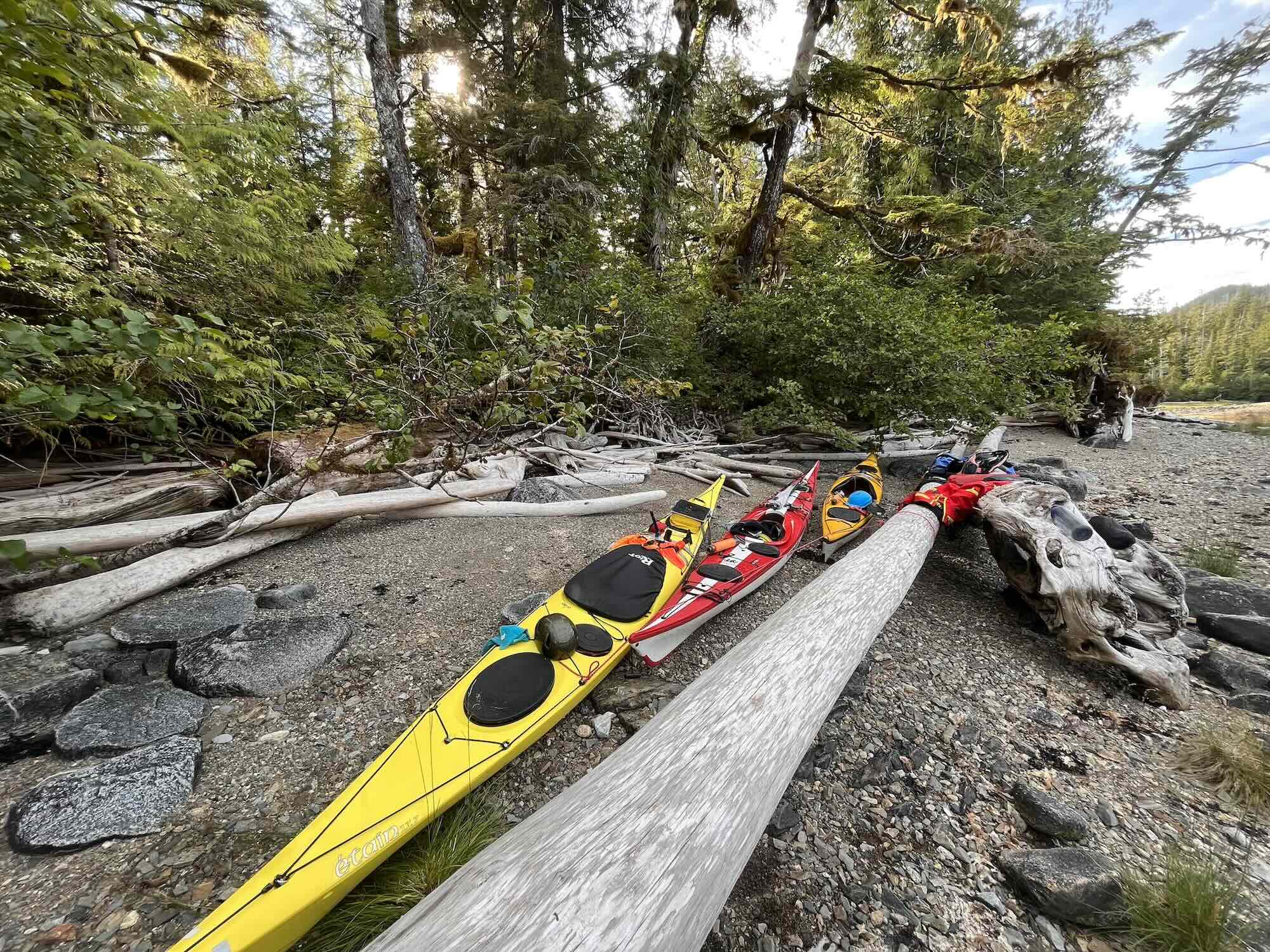
To conclude this chapter on an adventure at the edge of the world, we come to moments that bring us closer to the essence of the journey - discovery and overcoming. Every day brought new challenges, from navigating in unknown waters to securing basic needs like food and a safe place to sleep. Despite the obstacles and uncertainties that such expeditions bring, it is precisely the unexpected encounters with local inhabitants, wildlife, and sudden acts of humanity and hospitality that add an unforgettable dimension to the journey. These experiences not only enrich our perception of the world but also teach us to appreciate the simple joys and solidarity we can find even in the most remote corners of the planet. However, as the end of this leg of our journey approaches, the shadow of changing weather looms, indicating that the challenges ahead may be even greater.
Between Giants and Waves ~ On the Edge of Civilization
Share Your Thoughts! Your Comments Matter to Me.
(You can only post comments when you are logged into Facebook.)
Adventure series about expeditionary paddling in the Atlantic and Pacific Oceans. Moving playground to the tidal zone. Exploring remote places on Earth. Paddling with whales. True wilderness. Nordic paradise on Earth.
A captivating tale interwoven with authentic photographs, interactive 3D maps with real expedition GPS data, and video documentaries.
New chapters of the story every two weeks.
 |
 |
|
|---|---|---|
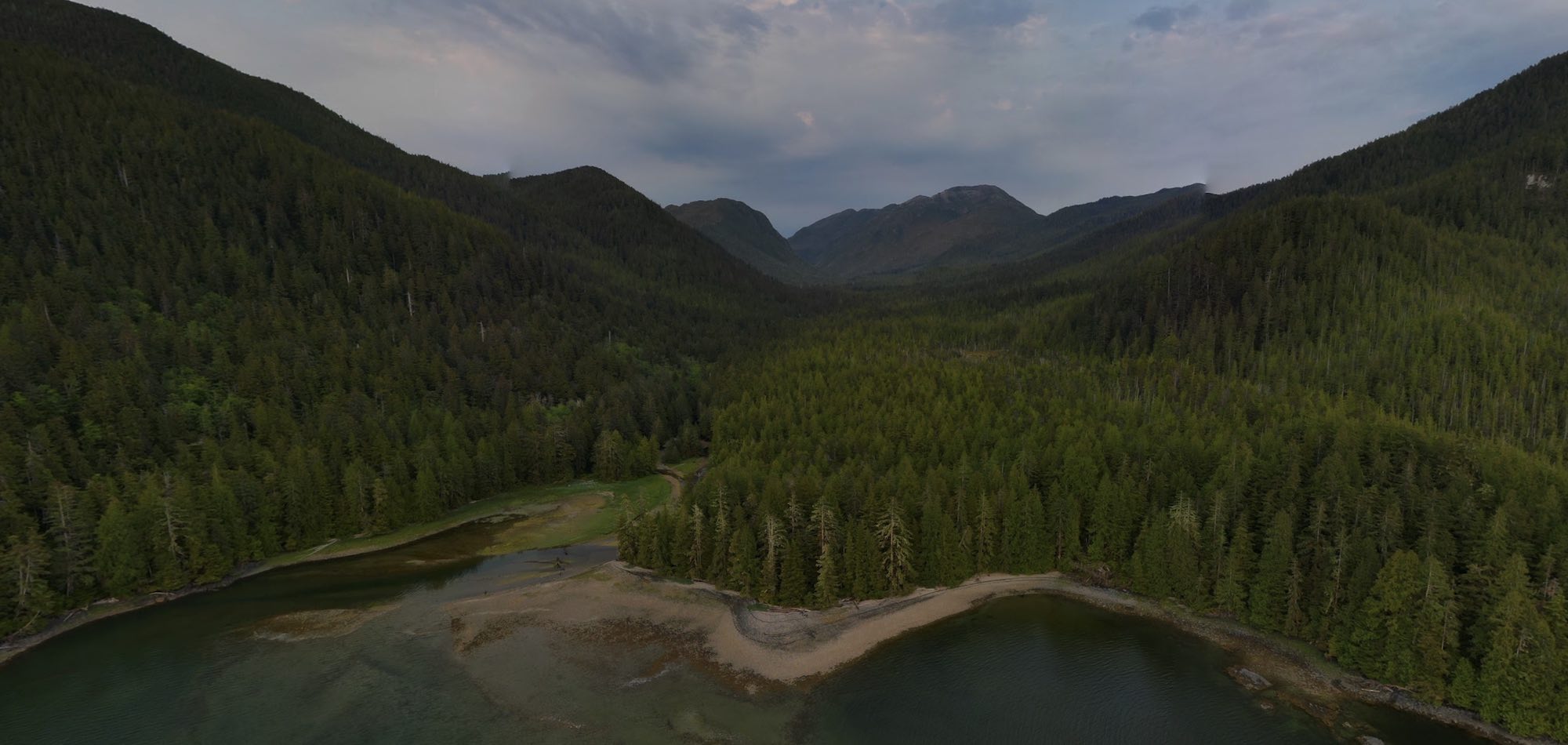 |
Sea Kayaking in British Columbia’s Untamed Beauty Dive into the untamed beauty of British Columbia’s Great Bear Rainforest. |
Úvod Prvý diel rozprávania o epickej expedícii na morských kajakoch. |
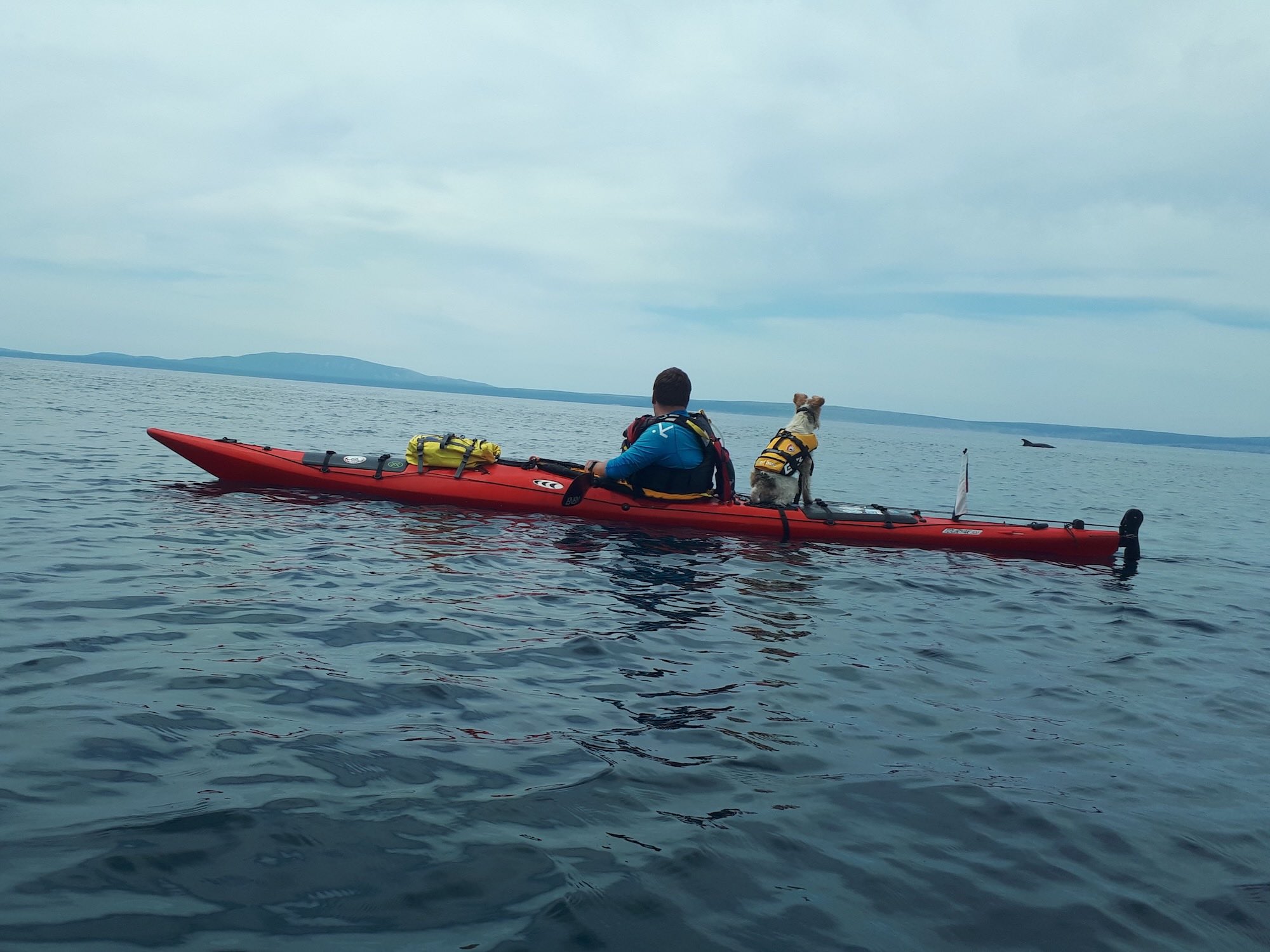 |
A Journey of Transformation Experience a remarkable transformation from a capsized kayak mishap to epic Arctic expeditions. |
Zrod myšlienky Pokračovanie rozprávania o tom, ako som sa ocitol sám na kraji sveta. |
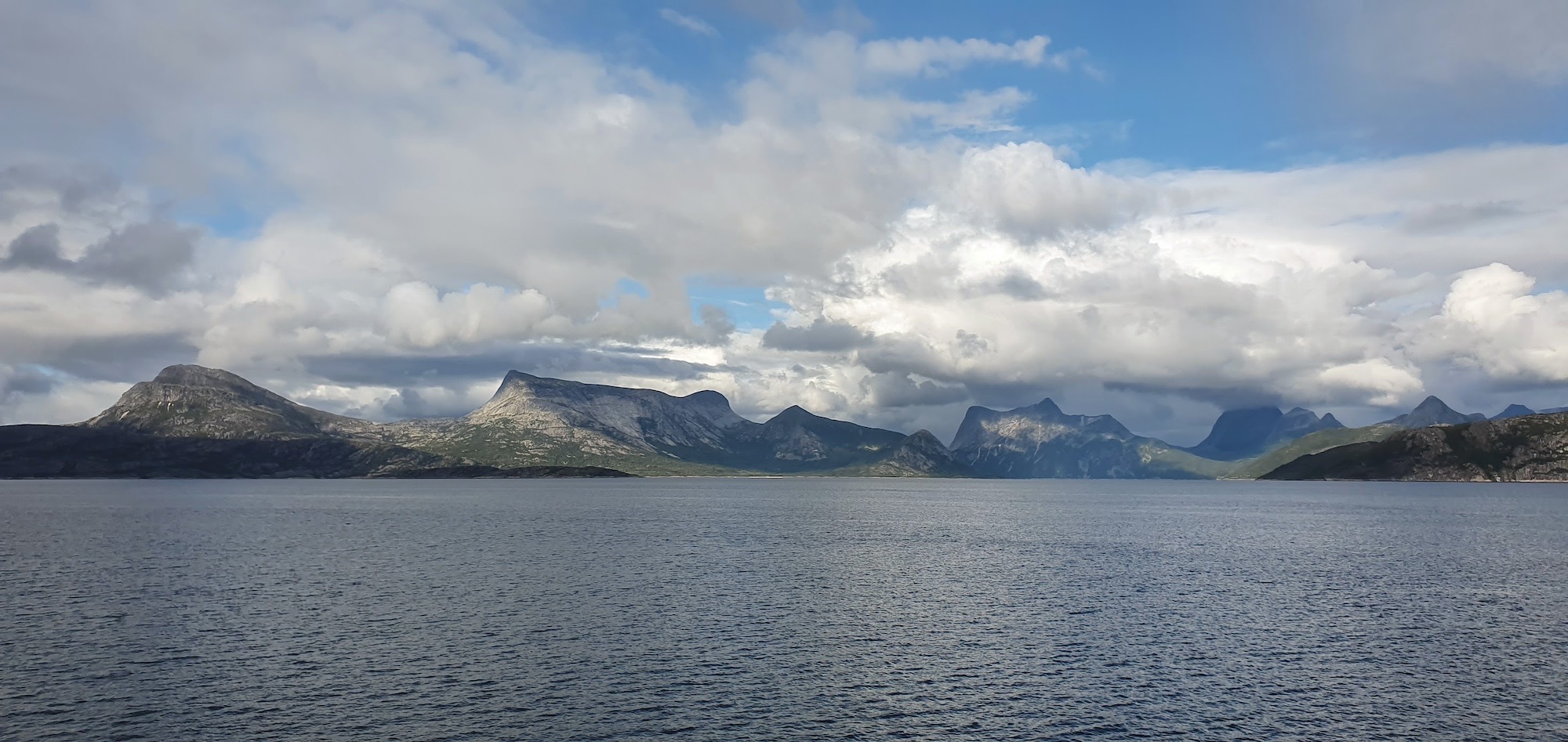 |
Navigating Lofoten I Embark on a riveting sea kayaking journey across Lofoten’s archipelago. |
Vysokohorská turistika na morskom kajaku I Po expedíciách som začal snívať o ceste na ďaleký sever. |
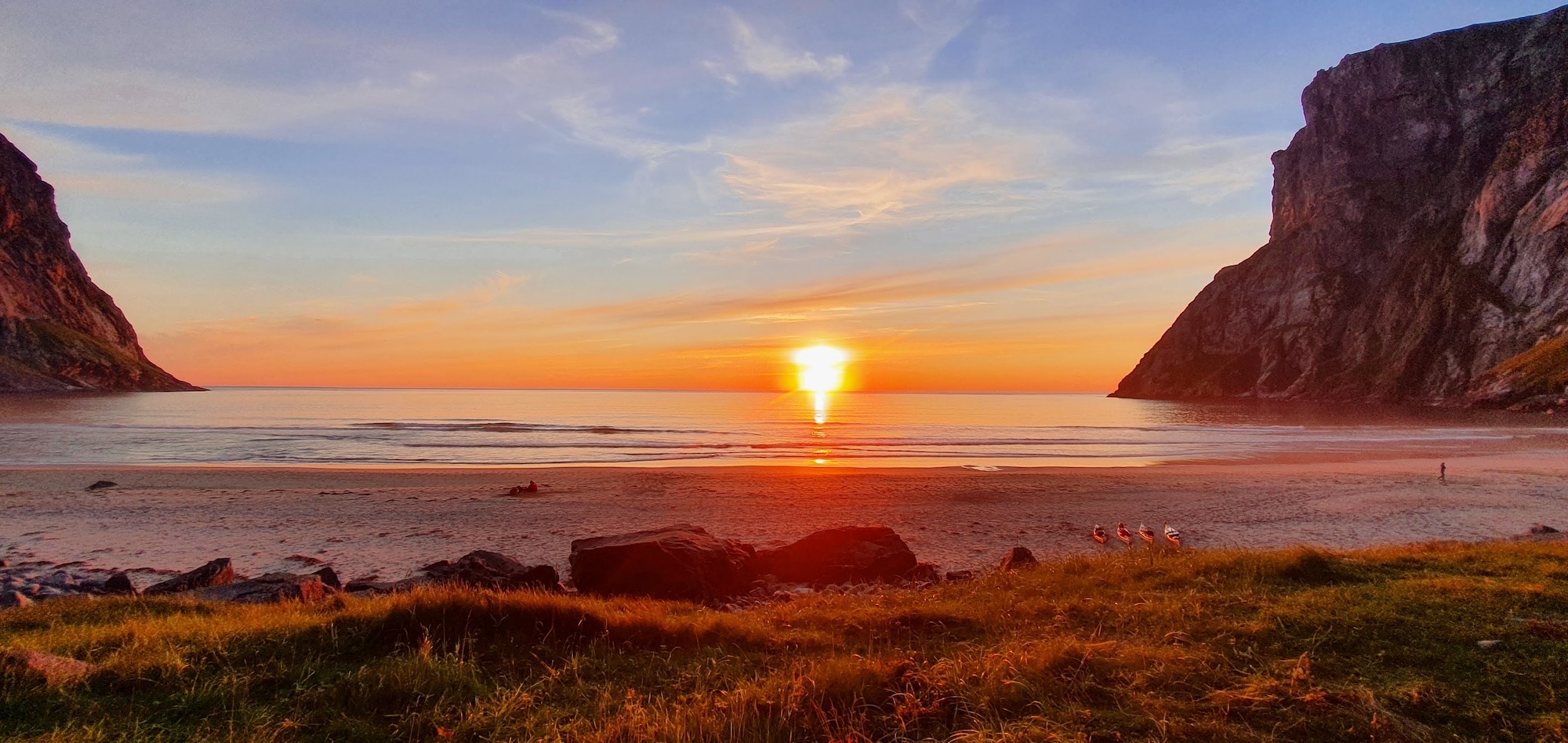 |
Navigating Lofoten II Confronting Arctic North Atlantic’s extreme paddling challenges. |
Vysokohorská turistika na morskom kajaku II Prekonávanie extrémnych výziev pádlovania v artickej časti severného Atlantiku. |
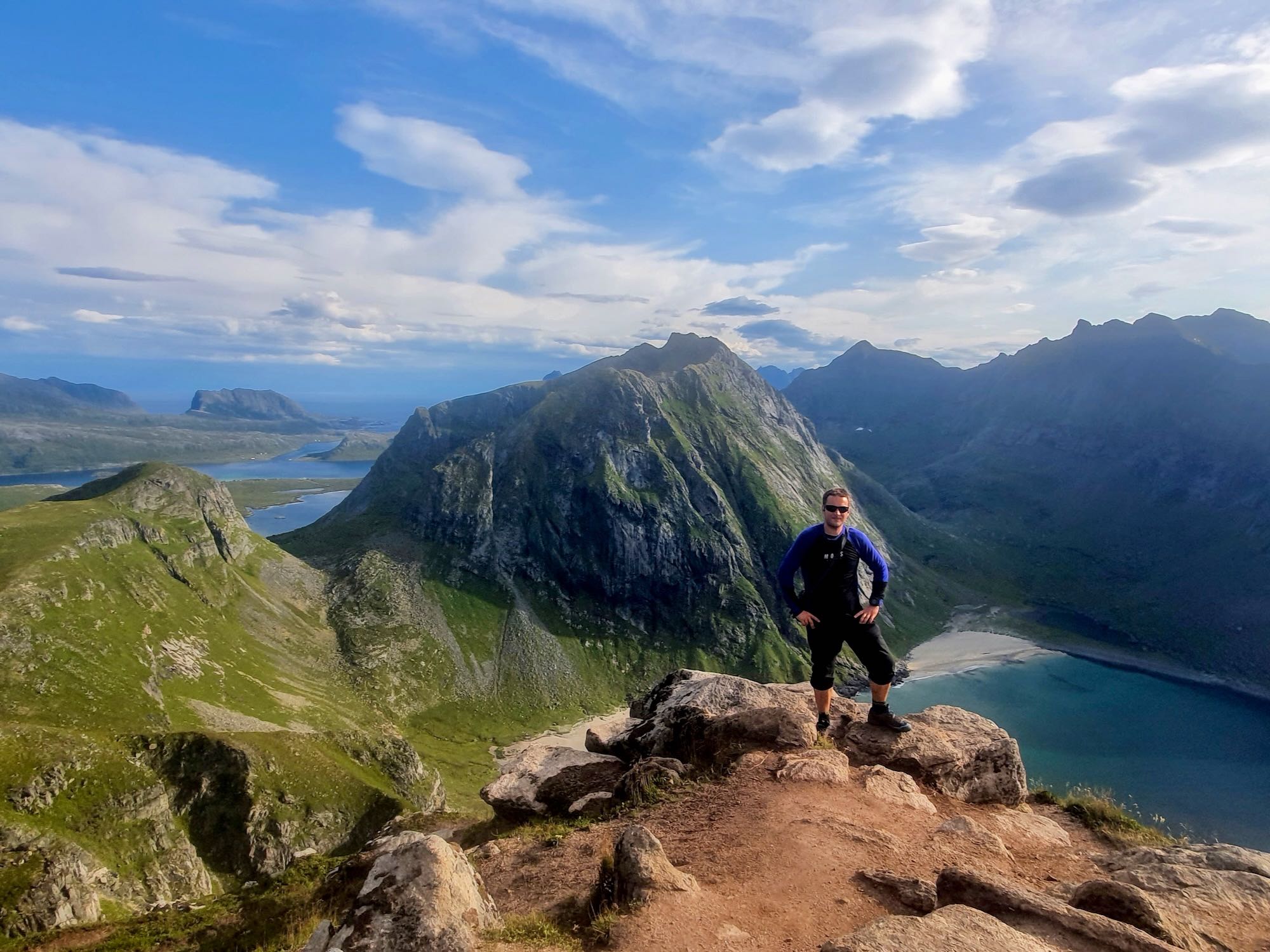 |
Navigating Lofoten III The final third part of the story about an adventure in the Arctic part of the Atlantic Ocean. |
Vysokohorská turistika na morskom kajaku III Posledná tretia časť rozprávania o dobrodružstve v arktickej časti Atlantického oceánu. |
 |
On the Edge of Civilization The introduction to the first of seven chapters about a great adventure in the North Pacific. |
Na hrane civilizácie Úvod prvej zo siedmich kapitol o veľkom dobrodružstve v severnom Pacifiku. |
 |
Meet the Giants Exploring ocean life above and below. First paddling with whales. Continuing the great adventure in North Pacific. |
Stretnutie s obrami Objavovanie oceánskeho života nad i pod vodou. Prvé pádlovanie s veľrybami. Pokračovanie veľkého dobrodružstva v divočine severného Pacifiku. |
